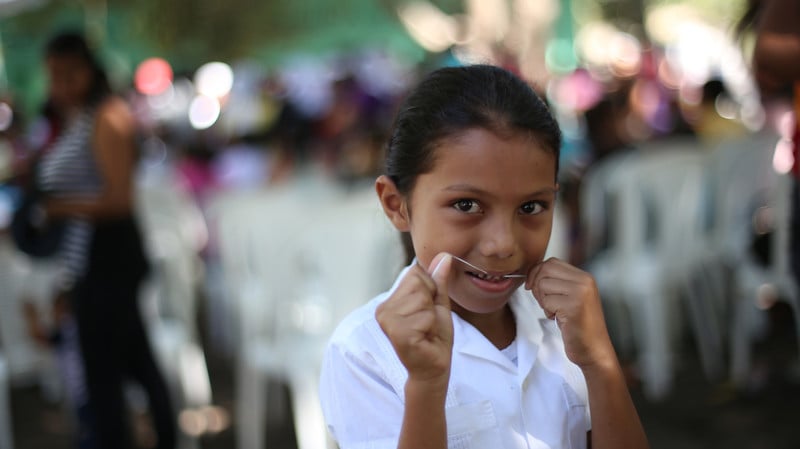HEALTH CARE ACCESS:
Tecpán Guatemala is a municipality of the Chimaltenango department situated 87 kilometers west of Guatemala City. Over 90% of the population in the municipality are part of Mayan indigenous groups. Public health care in Guatemala falls under the responsibility of the Ministry of Public Health and Social Welfare (MSPAS) which has 2,200 service units across the country. Even with this coverage, it is important to note that medications, supplies, and materials are often not available. Health worker density in rural communities is 3.0 per 10,000 persons as opposed to 25.7 to 10,000 in urban areas of Guatemala. There are major gaps in health care services between rural indigenous and urban populations in Guatemala.
Community members in Caserio Panimachavac have access to a health post, which is a location where they can get a doctor´s appointment and medication but, the services provided do not meet the needs of the community. During initial communications with Global Brigades, community leaders shared that the most common illnesses were fever, cough, and stomachache.


